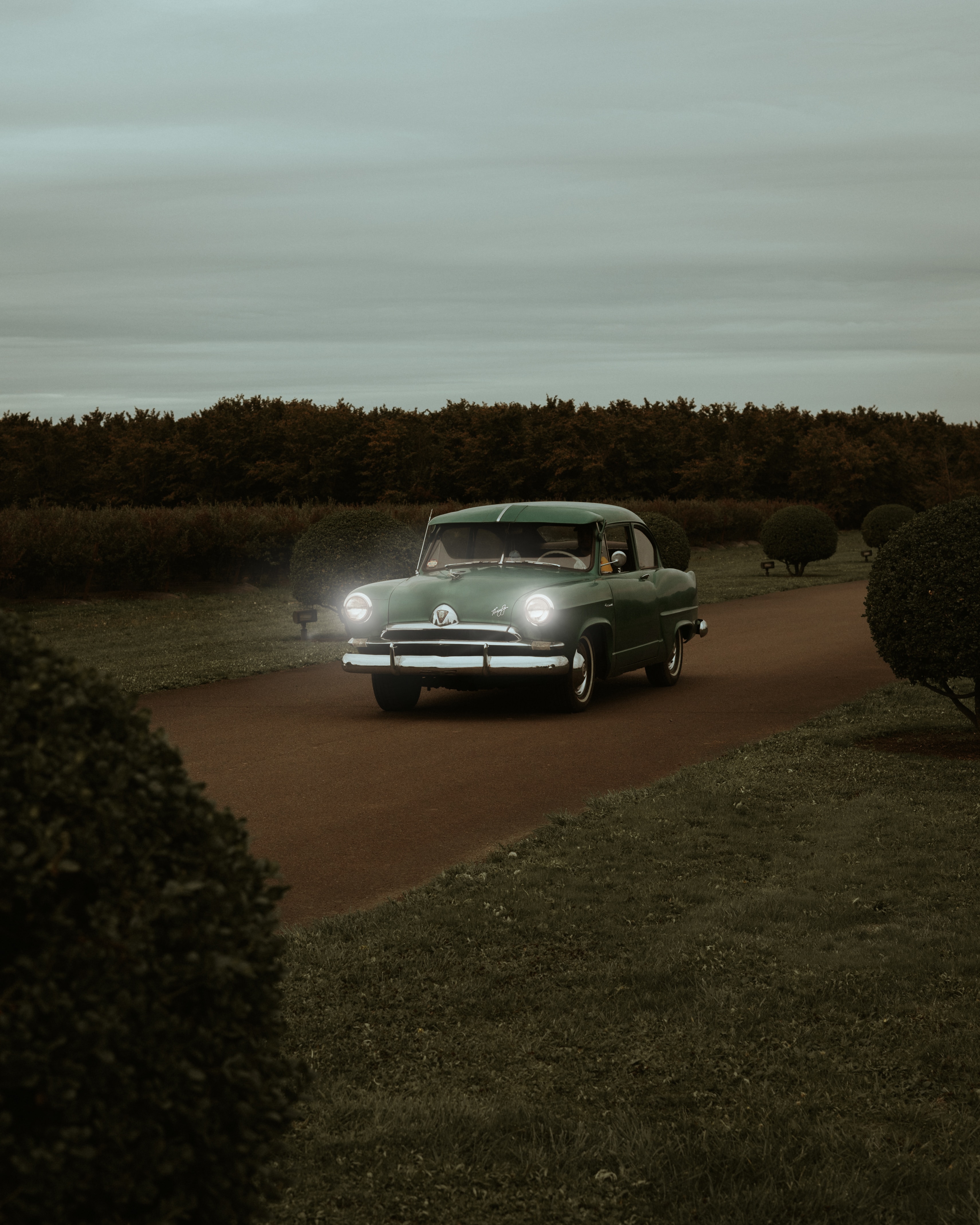TGR Staff - 08/06/2023
Portland has always had a creative pulse, this fashion editorial features model Nicole Black taking us to a bygone era of style and simple luxury. Behind the lens is visionary Portland Photographer Lance Reis, a master of visual storytelling, whose inspiration draws from vintage Vogue while channeling the quintessential essence of Ralph Lauren. Shot at the Del Mar Villa, the shoot centers around Nicole's interaction with a classic Henry J Corsair.

The Henry J Corsair, an iconic creation by the Kaiser-Frazer Corporation, is a testament to innovation and ambition. Named after its visionary chairman, Henry J. Kaiser, this unique automobile emerged in the 1950s as a response to the demand for a cost-effective yet stylish car. In an era dominated by larger vehicles, the Henry J broke the mold, carving a niche for itself as a pioneering American compact car that sought to cater to a wider audience.
Production of the Henry J began in July 1950 at the Willow Run factory in Michigan, with a six-cylinder model leading the way. Shortly after, in September of the same year, the four-cylinder variants hit the market. The Henry J's official debut occurred on September 28, 1950, marking the commencement of a journey that would continue until 1954.
Born out of Henry J. Kaiser's vision to create an affordable car, much like the iconic Model T by Henry Ford, the Henry J Corsair embodied a commitment to accessibility. The project received federal government support in 1949, with strict guidelines to keep the base model's retail price under $1,300. This compact vehicle, capable of accommodating five passengers and reaching 50 mph for sustained periods, aimed to bring affordable transportation to a broader audience.

The design process saw collaborations with creative minds like Howard "Dutch" Darrin and American Metal Products, resulting in an innovative design that featured a distinct "dip" in the beltline, windshield, and rear window, alongside subtle tailfins. To achieve its competitive price point, the Henry J was designed to carry minimal components and required fewer parts. Early models even lacked rear trunk lids, and the trunk could be accessed by folding down the rear seat.
Under the hood, the Henry J housed a 134.2 cu in (2.2 L) four-cylinder engine producing 68 hp, a powerhouse supplied by Willys-Overland. Later models offered a 161 cu in (2.6 L) L-head six-cylinder engine generating 80 hp. Notably, the Henry J boasted impressive fuel efficiency, achieving up to 35 mpg when driven conservatively.

While the Henry J showcased ingenuity, it faced challenges in a competitive market. Despite its economical price, rival models offered more interior space and additional features. The Henry J's sales journey was marked by various attempts to enhance its appeal, including modifications like the introduction of the Henry J "Vagabond" versions in 1952. By 1954, sales began to dwindle, leading to the eventual discontinuation of the model.
The Henry J Corsair, with its unique place in automotive history, remains a testament to the ambition to create an affordable, stylish, and efficient vehicle. Its legacy endures as an emblem of innovation in the American compact car landscape, reflecting an era where pioneering designs paved the way for the future.












_websize.jpg)









